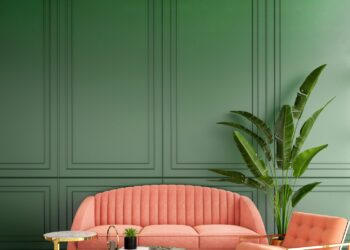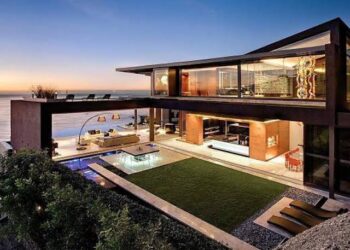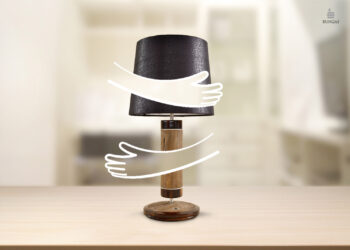Home is more than just a place where you live—it’s a sanctuary, a canvas for your personal expression. One of the most effective ways to achieve a welcoming and stylish atmosphere is by incorporating decorative lamps into your interior design. Decorative lamps not only illuminate your space but also serve as works of art, drawing the eye and adding texture, color, and intrigue to every room. In this extensive guide, we delve into the different types of decorative lamps, how they influence your home’s ambiance, and the best practices for integrating them into your décor scheme.
The Role of Decorative Lamps in Home Décor
Setting the Atmosphere
Lighting plays a fundamental role in how we perceive and experience our surroundings. A well-lit room with strategically placed decorative lamps can create a warm, inviting environment that enhances both comfort and aesthetics. Beyond functionality, these lamps serve as focal points that can tie together the overall design theme of a room.
Creating Ambiance: Decorative lamps help to set the mood and ambiance in a space. Whether you’re aiming for a dramatic, modern look or a cozy, vintage feel, the right lamp can transform the atmosphere.
Highlighting Architectural Details: Lamps can also be used to accentuate the unique architectural features of your home, such as alcoves, arches, or even textured walls.
Personal Expression: Every lamp tells a story, reflecting your personal taste. Choosing a lamp that speaks to your style creates a narrative about who you are and the life you want to live.
Different Styles of Decorative Lamps
Decorative lamps are available in a plethora of styles, each carrying its own unique story and cultural influence. Here, we explore several popular lamp designs that have captivated homeowners across the globe, along with practical advice on how to incorporate them.
1. Decorative Lights Made of Wood
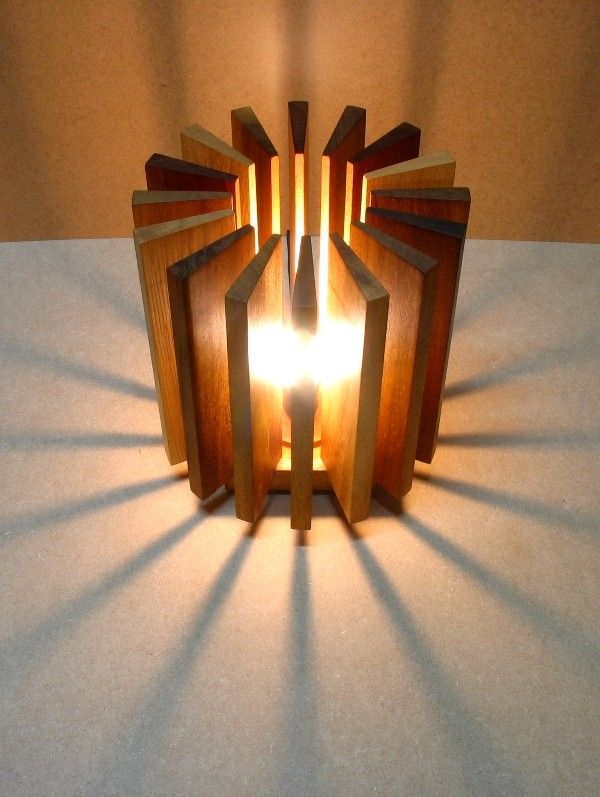
Overview:
Wooden lamps are a blend of natural beauty and rustic charm. They often feature unique textures, rich grain patterns, and a finish that emphasizes the raw beauty of the material.
Design and Aesthetic Appeal:
Vintage Vibes: The natural texture of wood, combined with a timeless design, creates an aesthetic that feels both nostalgic and sophisticated.
Warmth and Coziness: Wood has inherent warmth, making it ideal for spaces designed to feel welcoming and comfortable.
Versatility: Wooden decorative lamps can work with various design themes—from industrial lofts to country homes.
Tips for Integration:
Contrast with Modern Elements: Pair a wooden lamp with sleek, contemporary furniture to create an interesting juxtaposition of old and new.
Use Natural Light: Enhance the look by placing these lamps near windows or areas with abundant natural light. The interplay of sunlight and the lamp’s texture can be captivating.
Accessorize with Greenery: Indoor plants and wooden lamps form a natural pairing that enhances the organic feel of your space.
2. Industrial Decorative Lamps
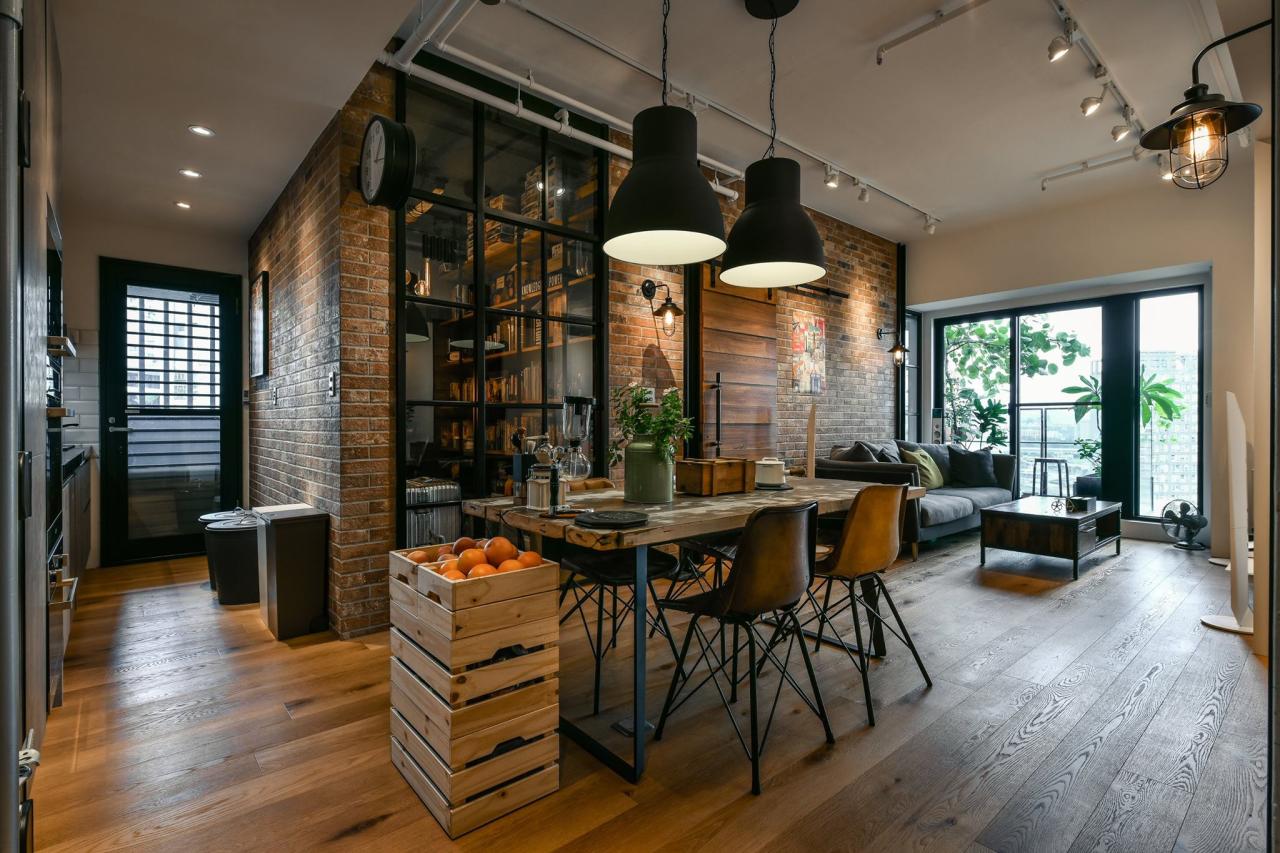
Overview:
Industrial style lamps are characterized by their bold materials, such as metal and exposed hardware. They often have a raw, unpolished look that is reminiscent of old factories and warehouses.
Design and Aesthetic Appeal:
Bold and Edgy: Industrial lamps make a strong statement, with designs that emphasize functionality and minimalism.
Cultural Fusion: Many of these lamps incorporate motifs from various cultures, such as Chinese design elements, creating a fusion of traditional and modern aesthetics.
Durable Materials: Typically made from metal, these lamps are built to be sturdy and long-lasting.
Tips for Integration:
Layer with Textures: Combine industrial lamps with softer textiles like plush cushions or velvet upholstery to balance their raw, edgy vibe.
Contrast with Warm Elements: To counteract the cold, metallic feel, incorporate warm colors or wood accents in the room.
Highlight Unique Shapes: Position industrial lamps in areas where their unique designs can be fully appreciated, such as above dining tables or in entryways.
3. Romantic Shades of Light
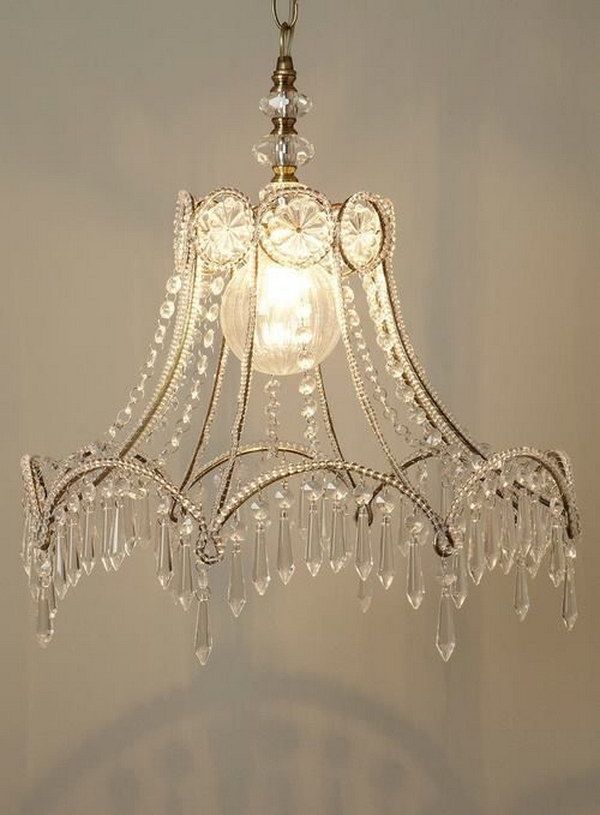
Overview:
Romantic lamps are all about creating an intimate atmosphere. Often designed with soft curves and gentle, enveloping light, these lamps can add an air of elegance and passion to any room.
Design and Aesthetic Appeal:
Symbolic Forms: Some designs, like lamps in the shape of a couple embracing, evoke a sense of romance and connection, making them perfect for bedrooms or living areas.
Soft Lighting: The gentle illumination provided by these lamps is ideal for creating a relaxed, soothing environment.
Emotional Impact: By incorporating elements that celebrate love and intimacy, these lamps serve as both decorative and emotional focal points.
Tips for Integration:
Pair with Minimal Decor: Keep surrounding décor minimal to allow the lamp’s design and soft glow to take center stage.
Color Harmony: Use complementary color schemes, such as pastel hues and soft neutrals, to enhance the lamp’s romantic charm.
Layer Your Lighting: Combine these with other light sources, like wall sconces or fairy lights, to create a layered, intimate lighting environment.
4. Elegant Visual Lighting
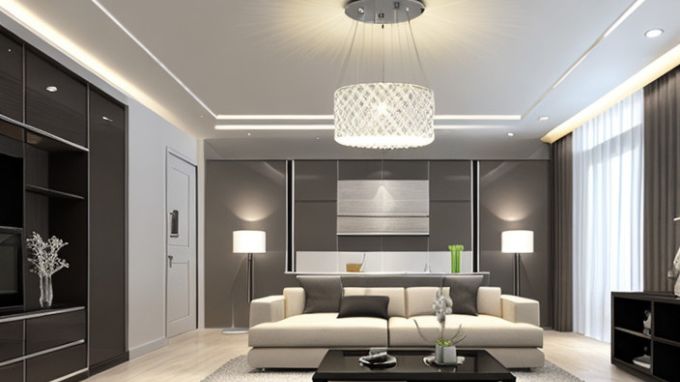
Overview:
Elegance and functionality merge in lamps designed for both aesthetic appeal and practical use. These lamps are often used not just as décor but as key lighting elements for reading and detailed tasks.
Design and Aesthetic Appeal:
Functional Elegance: Designed with a focus on clear, bright illumination, these lamps make reading and other close-up tasks comfortable and effortless.
Minimalistic Design: Their clean lines and simple forms ensure that they don’t distract from the overall décor but instead enhance it.
Health Conscious: Many elegant lamps are crafted to ensure that their light is bright and crisp without causing eye strain.
Tips for Integration:
Ideal for Study Areas: Position elegant lamps near reading nooks or study desks where focused light is essential.
Blend with Modern Furniture: These lamps often fit best in spaces with modern or contemporary furnishings that favor clean aesthetics.
Consider Dimmable Options: For maximum versatility, choose lamps with adjustable brightness to suit different times of the day and activities.
5. Unique Table Lamps
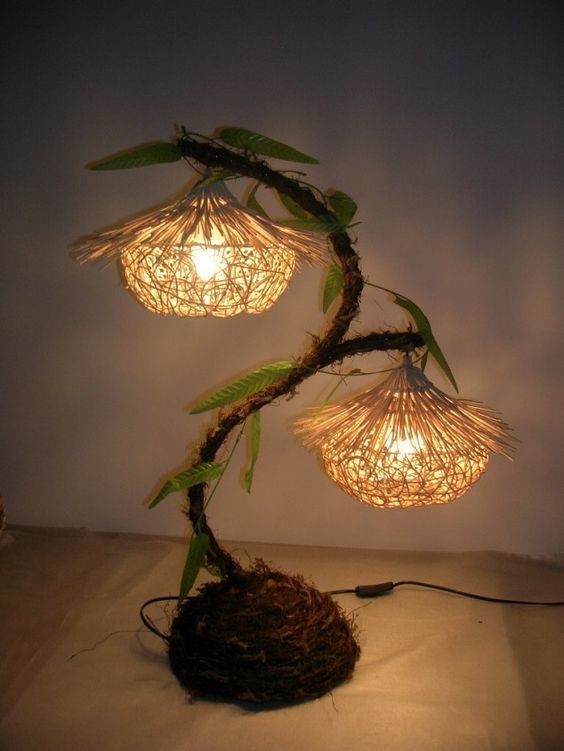
Overview:
Unique table lamps go beyond the ordinary. Featuring creative designs such as zigzag holders or unexpected shapes, these lamps serve as conversation starters and artistic accents in your home.
Design and Aesthetic Appeal:
Artistic Expression: Their unconventional designs invite curiosity and allow homeowners to express their individual tastes.
Dynamic and Playful: These lamps add a lively, modern touch to your décor, breaking up the monotony of standard design elements.
Versatile Uses: Beyond the living room, they can be used in bedrooms, offices, or even as accent pieces in hallways.
Tips for Integration:
Create a Focal Point: Position a unique table lamp on a prominent table or shelf where its design can be appreciated.
Mix with Traditional Elements: An unexpected lamp design can work wonders when paired with classic furniture or décor, creating a balanced eclectic look.
Use as a Statement Piece: Let the lamp be the hero of the room. When it commands attention, other decorative elements should complement rather than compete.
Practical Tips for Decorating with Lamps
While choosing the right lamp is essential, its placement and integration into your overall décor strategy are equally vital. Below are some tips to help you make the most of decorative lamps in your home:
Assess Your Lighting Needs
Before you purchase decorative lamps, assess the specific lighting needs of your room. Consider the primary function—whether it’s reading, entertaining, or simply creating ambiance—and choose a lamp that meets those needs without overwhelming the space.
Ambient Lighting: Use lamps that provide a soft, diffused glow to create general lighting.
Task Lighting: For areas where detailed work is done (such as reading or crafting), select lamps designed to offer focused illumination.
Accent Lighting: Decorative lamps can also serve as accent lighting, drawing attention to specific pieces of art or architectural details.
Balance and Proportion
When incorporating decorative lamps, balance is crucial. Avoid overcrowding any one area by distributing lamps evenly around the room. Consider the scale of each lamp in relation to your furniture and the available wall space.
Symmetry vs. Asymmetry: Decide whether you want a balanced look or a deliberately asymmetrical design. Both can work well if planned carefully.
Focal Point Creation: Use your most stunning decorative lamp as the centerpiece of your lighting scheme, and build the rest of your décor around it.
Mix and Match Materials
Decorative lamps come in various materials, including wood, metal, glass, and fabric. Mixing these different materials within a room can create depth and interest, allowing you to combine different textures and finishes harmoniously.
Contrast and Harmony: For example, a vintage wooden lamp can be paired with modern metal accents, creating an exciting contrast while still remaining cohesive.
Layering: Consider layering your lamps—using a combination of floor, table, and wall lamps—to add complexity and dimension to your space.
Color Coordination
Color can make or break a decorative theme. When selecting a lamp, consider the color palette of your room and how the lamp’s hue will interact with your walls, furniture, and accessories.
Bold Colors: A lamp in a bold color can serve as a focal point or accent in an otherwise neutral space.
Subtle Tones: For a more understated look, choose lamps in colors that blend with the existing décor, providing a seamless visual transition.
Reflections and Shadows: The color of your lamp, along with its placement, will affect how light is cast in your room. Experiment with different lamp shades and settings to find the perfect balance.
The History and Evolution of Decorative Lamps
Understanding the evolution of decorative lamps can help you appreciate the artistry behind their design. Throughout history, lamps have evolved from purely functional objects to items of aesthetic significance.
Early Beginnings
Ancient Innovators: The concept of decorative lighting dates back thousands of years, when early civilizations used oil lamps and candles not only for illumination but also as ritualistic objects.
Cultural Influences: As societies evolved, so did their artistic expressions. For instance, Middle Eastern lanterns and Asian paper lamps became iconic for their delicate designs and intricate patterns.
The Industrial Revolution
Mass Production: The Industrial Revolution introduced new materials and manufacturing processes, leading to the mass production of decorative lamps. Metal and glass became popular choices, providing durability and a modern appearance.
Rise of Functionality and Style: During this period, designers began to place greater emphasis on both form and function. Lamps were no longer seen solely as utilitarian objects but as integral elements of interior design.
Contemporary Trends
Modern Minimalism: Today’s decorative lamps combine cutting-edge technology with artistic design. From smart lamps with adjustable brightness to energy-efficient LED designs, contemporary lamps focus on sustainability and customization.
Fusion of Traditions: There is a growing trend towards blending historical design elements with modern aesthetics—such as incorporating vintage wood with contemporary metal—to create unique, hybrid styles that tell a story.
Art as Lighting: Increasingly, designers are treating lamps as sculptures. Unique shapes, innovative materials, and even programmable light sequences turn these objects into dynamic pieces of art.


